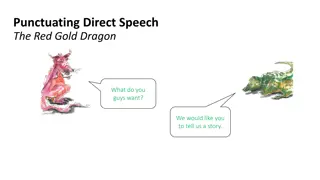Mastering Rhetorical Devices for Persuasive Speech - Tips & Examples
Unveil the power of rhetorical devices in persuasive speech through parallelism, rhetorical questions, analogies, personification, and allusions. Understand how to captivate your audience and convey your message effectively using these tools.
Download Presentation

Please find below an Image/Link to download the presentation.
The content on the website is provided AS IS for your information and personal use only. It may not be sold, licensed, or shared on other websites without obtaining consent from the author. Download presentation by click this link. If you encounter any issues during the download, it is possible that the publisher has removed the file from their server.
E N D
Presentation Transcript
RHETORICAL DEVICES #2 Freshman Persuasive Speech 2013
Rhetorical Devices Rhetorical: _______________________________ the art of persuading somebody or impressing somebody Device: __________________________________ a tool used for a particular task or purpose Rhetorical + Device: ________________________ _________________________________________ tools that speakers use when they want to be persuasive Remember: you already know about literary devices, which authors use to convey their themes!
Parallelism Definition: repeating the same sentence structure or pattern of words If this works, no longer will students suffer infernal boredom. No longer will they have to go over material that they understood the first time No longer will they make annoying noises or throw things in class while you re trying to learn! Note: This is different from repetition because this is not repeating the most important words/phrases just the sentence structure!
Rhetorical Question Definition: posing a question without expecting an answer you assume that your audience already knows the answer This theory is supported with an overwhelming amount of evidence. Then why do so many people disregard it?
Analogy Definition: making a comparison to emphasize a point Summit s school system hinders excellence in math. We simply cannot allow this because math is to success as oxygen is to life. (Math: success = oxygen: life) I feel like a fish out of water. This implies that you are not comfortable in your surroundings
Personification Giving human characteristics to an animal, thing/object, or idea These video games are killing our children. Remember: You already learned about personification when reading Lord of the Flies in English!
Allusion Definition: using an example from history, literature, religion, or pop culture because your audience is already familiar with it Remember when we were young, we had this idol called Smokey the Bear? He told us not to burn down the forests. But all around the world, nations are still doing that. Remember: We talked about this (a little) in English during the Poetry Unit!
Partner Practice With your partner, read through each example and decide which rhetorical device is being used. Explain how you know which rhetorical device is being used! When you are finished, go to the next slide for the answer key. Do NOT look at the answer key before trying all of them yourself!
Answer Key Rhetorical Devices #1 Analogy This is an analogy because the speaker is comparing wearing a bike helmet to having car insurance. They are similar because both protect you after an accident. 1. Rhetorical Question This is a rhetorical question because the speaker is asking a question when he/she already knows what the audience s answer is. 2.
Answer Key Rhetorical Devices #1 Allusion This is an allusion to Star Wars, where characters often say, May the Force be with you. By using this, the speaker is connecting with the audience s prior knowledge. 3. Parallelism This is parallelism because the speaker is repeating the phrase verb ANY object. 4.
Answer Key Rhetorical Devices #1 Personification This is personification because the speaker is giving Facebook comments and Instagram photos the human action of pushing, shoving, poking, and stabbing, even though comments and photos can t actually do that. 5.






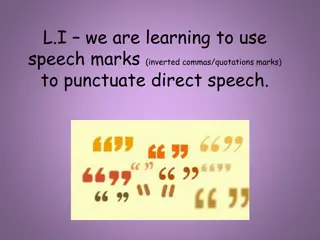
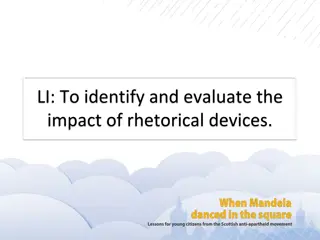

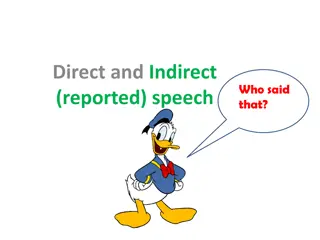


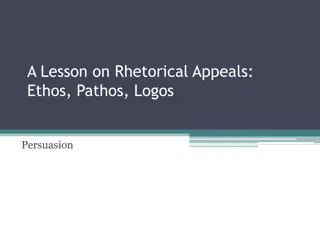


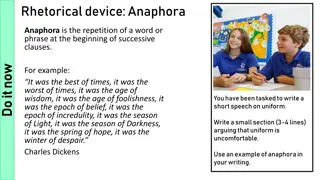


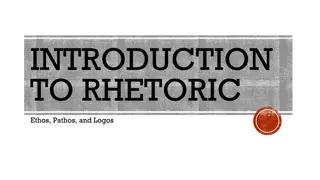
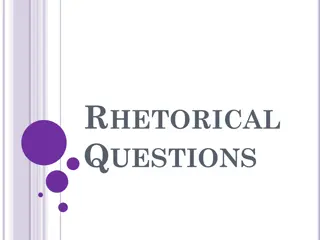
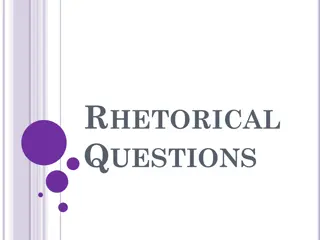



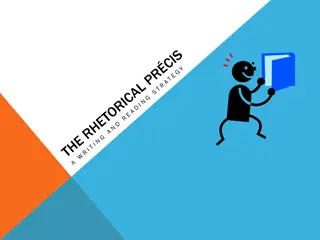


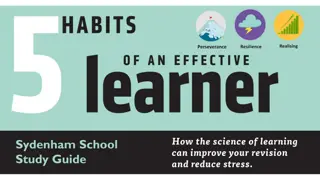
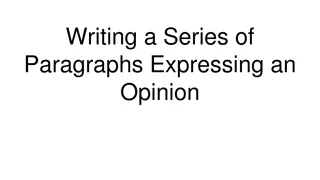


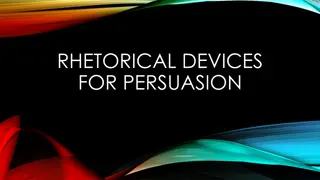
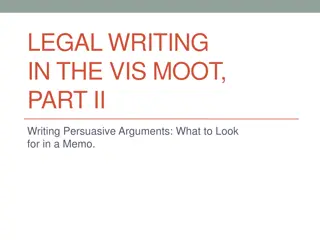

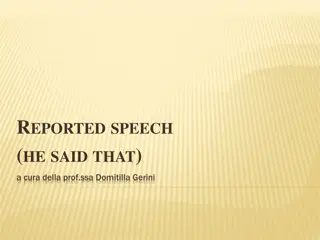
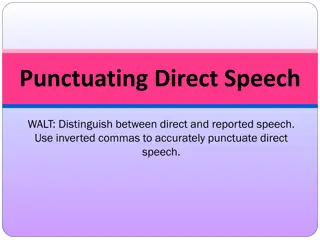
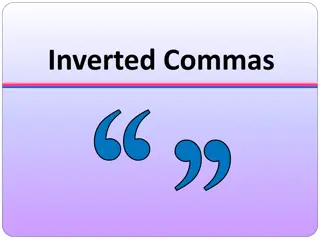
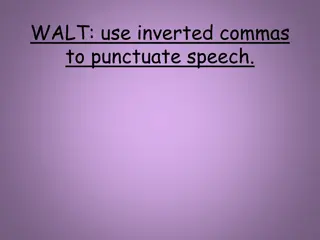

![Prevention and Combating of Hate Crimes and Hate Speech Bill [B.9B.2018]](/thumb/60513/prevention-and-combating-of-hate-crimes-and-hate-speech-bill-b-9b-2018.jpg)





